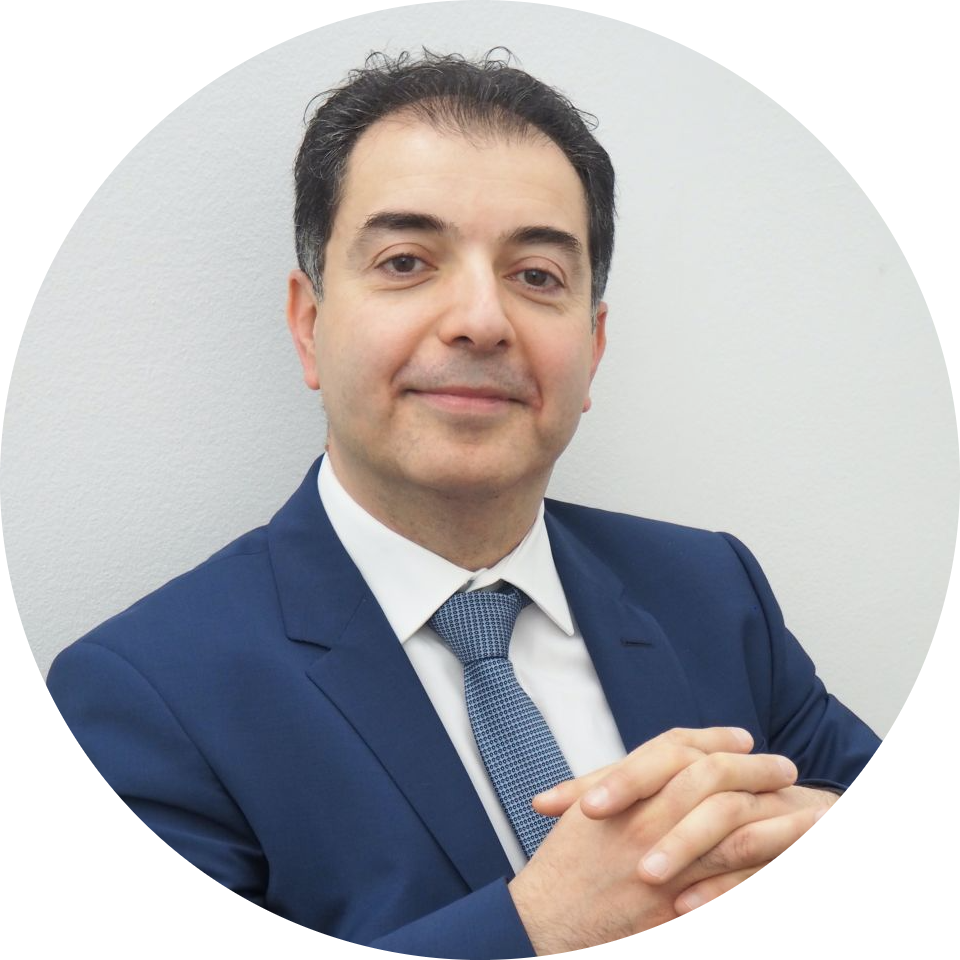
What Is A Stem Cell Transplant?
SAMER HAMADA GIVES ADVICE ON STEM CELL TRANSPLANT
Stem cells of the cornea are special cells that generate new cells for the surface of the eye. For the new surface of the cornea to be rebuilt, you need stem cells. These cells reside at the junction between the cornea and the white bit of the eye, that’s the sclera.
If for any reason these stem cells are not functioning well. For example, after a burn, trauma, damage to the surface of the eye, or rarely, children could be born with the absence of these cells, this means that there are no cells to replenish or to regenerate the surface of the cornea. This means that the cornea will end up cloudy and the vision will be badly compromised.
One of the treatments for this condition is prevention. Obviously, if there is a sign of early stem cell failure, one can work hard early to stop things getting worse, and that could involve a bit of topical treatment or sometimes systemic treatment, to preserve the surface of the eye and allow the remaining stem cells to function well.
However, if the whole surface of the eye is affected and the majority of stem cells are gone, then obviously stem cell transplantation is indicated. Now there are various ways to transplant stem cells. It depends on the source of the stem cells. Normally, any tissue you take from a donor, means that you need to have immunosuppression treatment because this tissue is not from you, so your body and your immune system will reject it, and therefore you have to take some drugs to suppress the immune system.
However, if we find the source of the cells from the patient’s own body, then this is the best option. We’ve been doing this for 5, 6 years now, where we take cells from the lining of the mouth, and transplant them into the eye. That’s what you call mouth-to-eye epithelial transplantation.
The idea is to get these cells – which are differentiated as a buccal mucosa, or mucous cells – in the lab, where they lose their identity and become stem cells again, and then we transplanted them to the surface of the eye, where they get a new identity and they start functioning like cornea stem cells. The advantage of this is that recovery really quick and there’s no need for immunosuppression treatment, which means you don’t have to take toxic drugs to suppress the immune system because these cells belong to you and the bodies immune system will not reject them.
It makes more sense to do this type of surgery in children, where you want to avoid giving them strong drugs to suppress their immune system as this can cause health issues.
In summary, stem cells disease is rare. Early treatment is very important because it’s good to delay the need to have major surgery for a long time. However, if need be, stem cell transplantation can be done, and the cells can be taken from a donor, or from the patient’s own cells.
Share This Story, Choose Your Platform!

About the expert
Mr Hamada | Consultant Ophthalmologist and Corneal Surgeon
MD, MSc, DO (hons), FRCSEd, FRCOphth I am Samer, founder and consultant ophthalmic surgeon with over 20 years’ experience in ophthalmology. I am a world-renowned specialist in cornea, cataract and refractive surgery. I’m not only a leading surgeon but also the only dual fellowship trained in corneal diseases in children from reputable institutions in the UK. At Eye Clinic London I work closely with other consultant ophthalmologists, optometrists and orthoptists to achieve the best outcomes for our patients. Our main aim is to make sure our patients get the safest and best treatments available to them. We put your safety before anything else so you can rest assured that if you choose us you will be in the best and safest hands.
